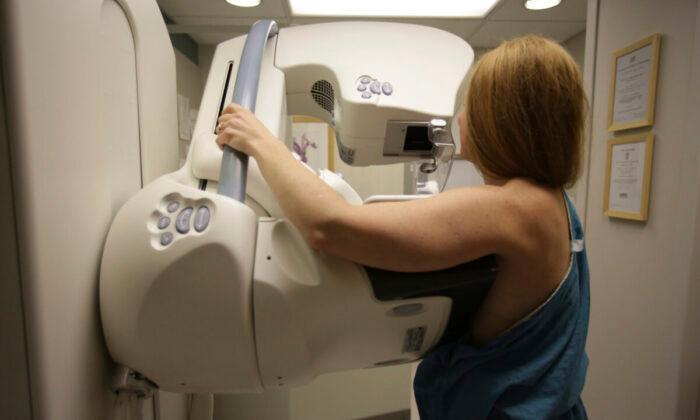Australian researchers have made a breakthrough in identifying cells predisposed to developing breast cancer tumours, opening up the possibility of a novel approach to breast cancer prevention.
The study was published in the peer-reviewed journal Nature Cell Biology by researchers from the Walter and Eliza Hall Institute (WEHI) of Medical Research in Melbourne.
Their study examined healthy breast tissue samples from women carrying the abnormal BRCA2 gene and compared it to the healthy breast tissue of women who had the normal BRCA2 gene.
From the comparisons, they were able to pinpoint a population of abnormal cells that divide faster. These cells were also present in the majority of women who had the abnormal BRCA2 gene.
BRCA2 is a gene that is important for repairing damaged DNA. Abnormal BRCA2 can be inherited, or happen when the gene is damaged.
Existing Treatments Available
The researchers demonstrated that these abnormal cell populations could be targeted using current cancer drugs.Prof. Jane Visvader, a researcher at WEHI, said that when these cells were treated using everolimus, an anti-cancer drug that stops tumour growth, the formation of tumours was delayed.
“Targeting specific aspects of protein production in this way could represent a new breast cancer prevention strategy for women with a faulty BRCA2 gene,” she said.
Yet, more work is needed before these findings can be translated into a clinical setting, according to Prof. Geoff Lindeman, a medical oncologist at the Royal Melbourne Hospital.
“While everolimus did delay tumour development in the lab, this drug can have side effects, which might limit its capacity to be used as a preventative treatment,” Prof. Lindeman said.
“Our team want to further explore which specific parts of protein processing are dysregulated, and use this information to develop more selective and tolerable preventative treatments.
“There’s still a way to go, but we’re a big step closer.”
The BRCA2 gene is not the only gene that can cause breast cancer, with a second gene being BRCA1.
Like BRCA2, BRCA1 normally helps in DNA repair but can also cause cancer if there are abnormalities, whether inherited or mutated.
The cancer risk from BRCA1 is slightly greater than BRCA2, with up to 72 percent of women who carry the BRCA1 gene mutation developing breast cancer by the age of 80.
For this reason, much of breast cancer research focuses on these two genes.
Now that the cells-of-origin for BRCA2 breast cancers have also been identified, the researchers hope this combined outcome will allow for better detection and treatment of breast cancers caused by the BRCA genes.
“We hope that our new findings will now inform future treatment and prevention for women with a faulty BRCA2 gene,” he added.







